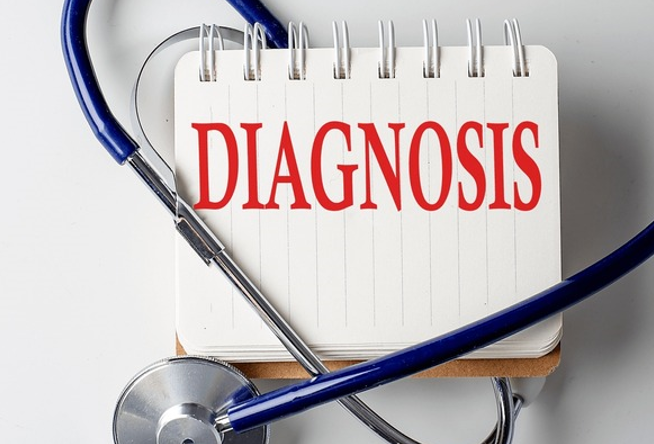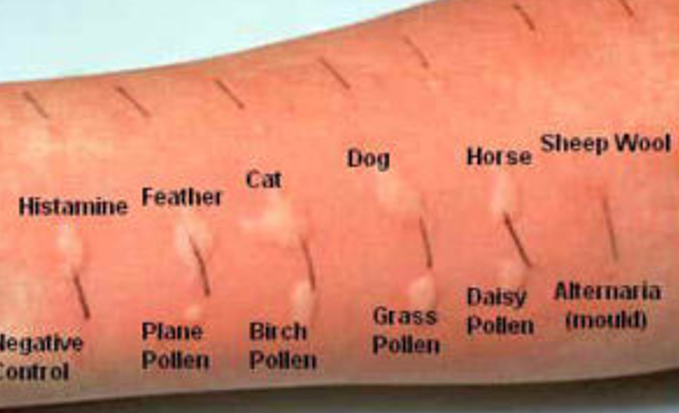How are allergies diagnosed?
Doctors diagnose allergies in three steps.
1) They review the personal and medical history.
2) They give a physical exam.
3) They do tests to identify allergens.
To evaluate whether a customer / patient has an allergy, their health care provider will likely:
- Ask detailed questions about signs and symptoms.
- Perform a physical exam.
- Have them keep a detailed diary of symptoms and possible triggers.
If they have a food allergy, their provider will likely:
- Ask them to keep a detailed diary of the foods they eat.
- Ask if they have stopped eating the suspected food during the allergy evaluation
Their provider might also recommend one or both of the following tests. However, be aware that these allergy tests can occasionally be falsely positive or falsely negative.
- Skin test. Their skin will be pricked with small amounts of the proteins found in common allergens. If they are allergic, they will likely develop a raised bump (hive) at the test location on their skin. This skin prick test, also called a puncture or scratch test, checks for immediate allergic reactions to as many as 50 different substances at once. This test is usually done to identify allergies to pollen, mould, pet dander, dust mites and foods. In adults, the test is usually done on the forearm.
- Blood test. Specific IgE (sIgE) blood testing, commonly called radioallergosorbent test (RAST) or ImmunoCAP testing, measures the number of allergy-causing antibodies in their bloodstream, known as immunoglobulin E (IgE) antibodies. A blood sample is sent to a medical laboratory, where it can be tested for evidence of sensitivity to possible allergens.
If their healthcare provider suspects their problems are caused by something other than an allergy, other tests might help identify or rule out other medical problems.


